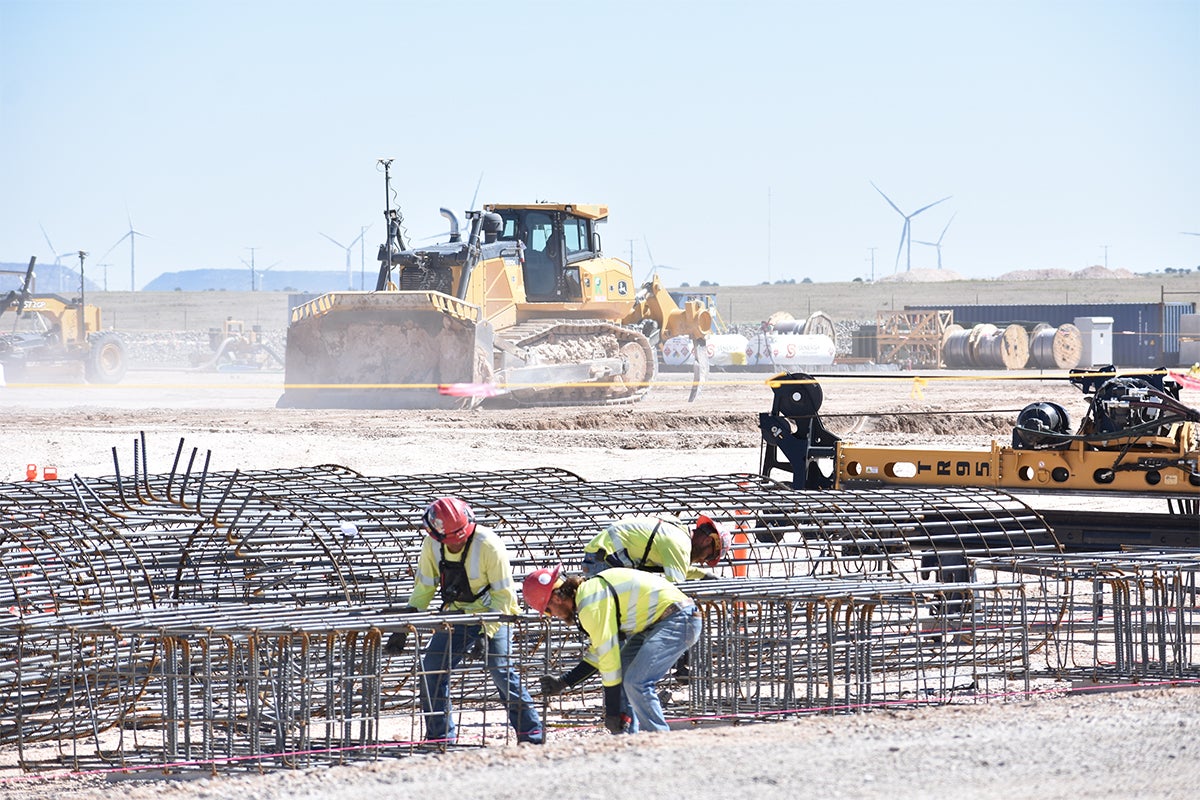
A US federal judge rejected a request by Native American tribes and environmentalists to halt the $10bn SunZia transmission project being built in the southeastern Arizona valley.
SunZia comprises two planned 500kV transmission lines across nearly 520 miles (836km) of Federal, State, and private lands between central New Mexico and central Arizona.
The transmission line is anticipated to carry more than 3,500MW of wind-generated electricity from New Mexico to around three million people customers as far away as California.
SunZia project, approved in 2015 after a detailed review, is said to be the biggest electricity infrastructure undertaking in the US, after the Hoover Dam in the 1930s.
Two local tribes, together with archaeologists and environmentalists filed a lawsuit in January this year, accusing the US Interior Department and Bureau of Land Management.
They accused the Bureau of refusing to recognize overwhelming evidence of the cultural significance of the remote San Pedro Valley to Native American tribes, for nearly 15 years.
In July 2022, Pattern Energy acquired the SunZia Transmission project from SouthWestern Power, a wholly owned subsidiary of MMR Group, and started construction work last year.
The lawsuit was filed after Pattern Energy received regulatory approval for the transmission project to carry the electricity generated by its SunZia wind farm through the San Pedro Valley.
The lawsuit called the valley one of the most intact, prehistoric, and historical landscapes in southern Arizona and requested the court to order the halt of the construction.
Judge Jennifer Zipps said that the plaintiffs were years too late in bringing their claims.
Also, the Bureau of Land Management had fulfilled its obligations to identify historic sites and prepare an inventory of cultural resources, said the Judge.
Pattern Energy lawyers argued that more than 90% of the project had been completed and no discoveries of cultural sites had been made in the valley.
Also, halting work would compromise the project and the company’s ability to get electricity to customers as promised in 2026, said Pattern Energy.
The judge said that the record supports the Bureau of Land Management`s assertion that the project route avoids direct impacts on previously identified cultural resources.


